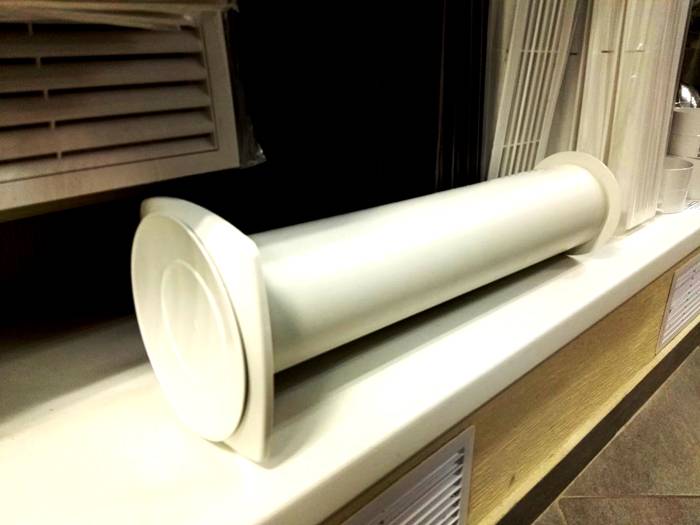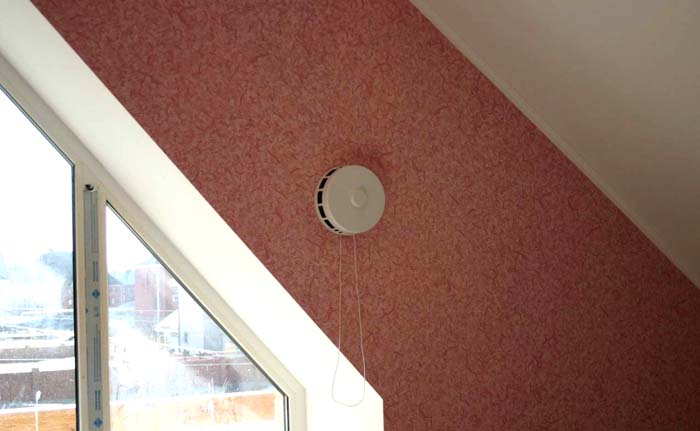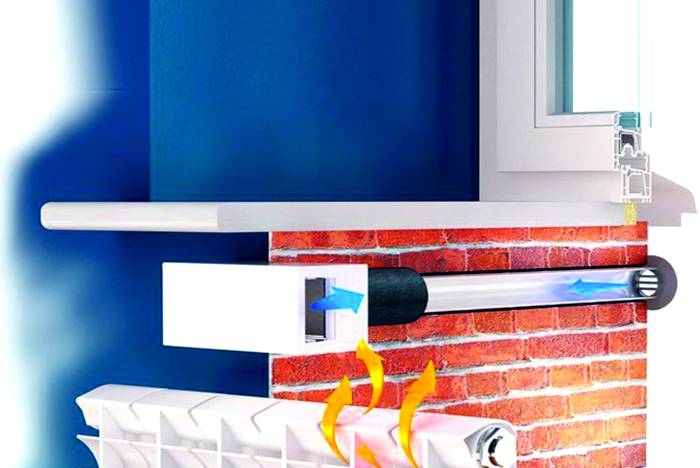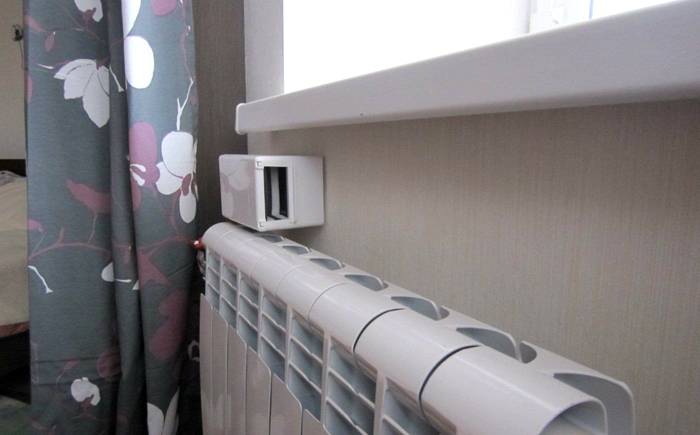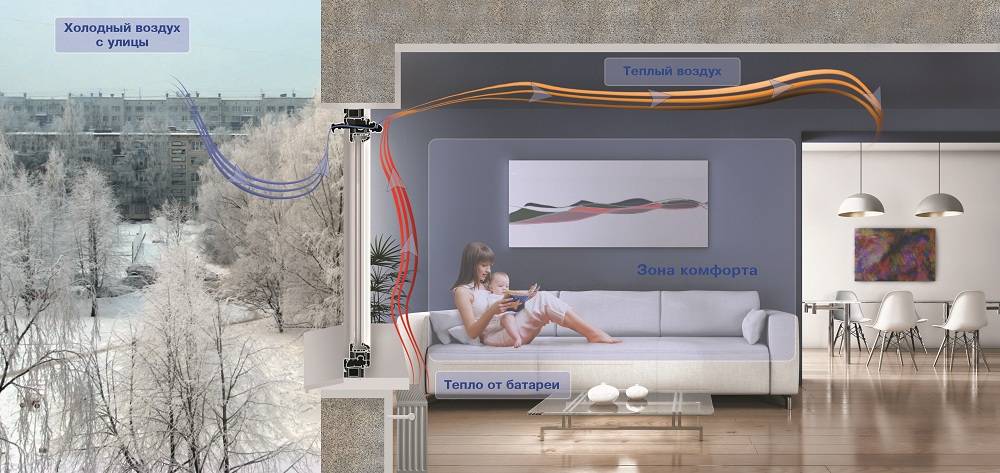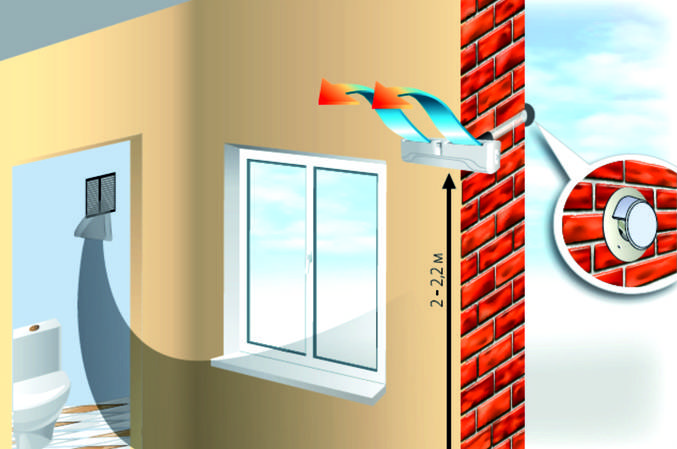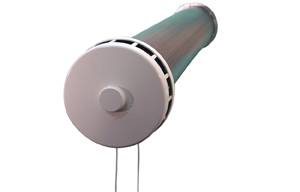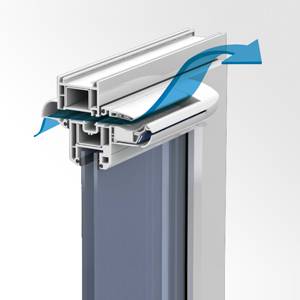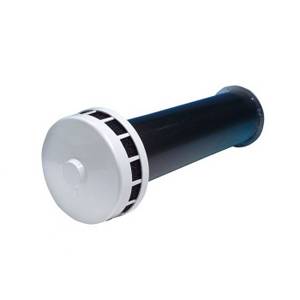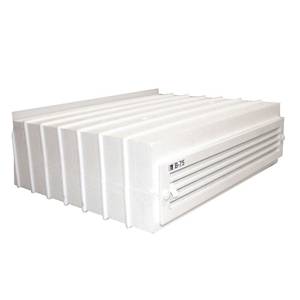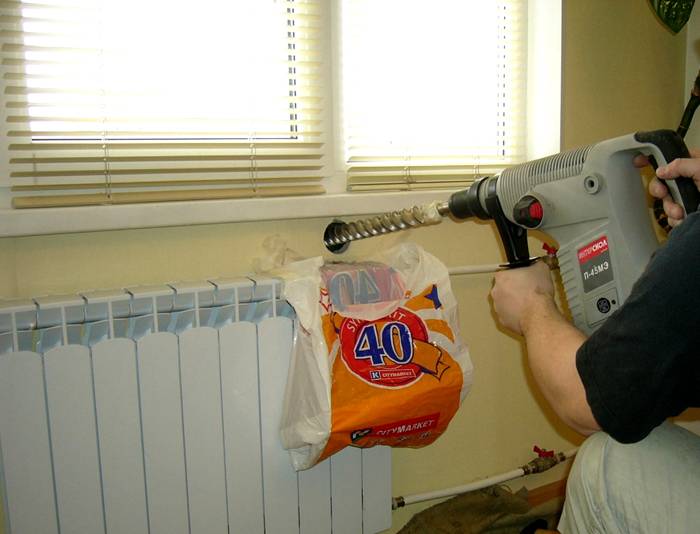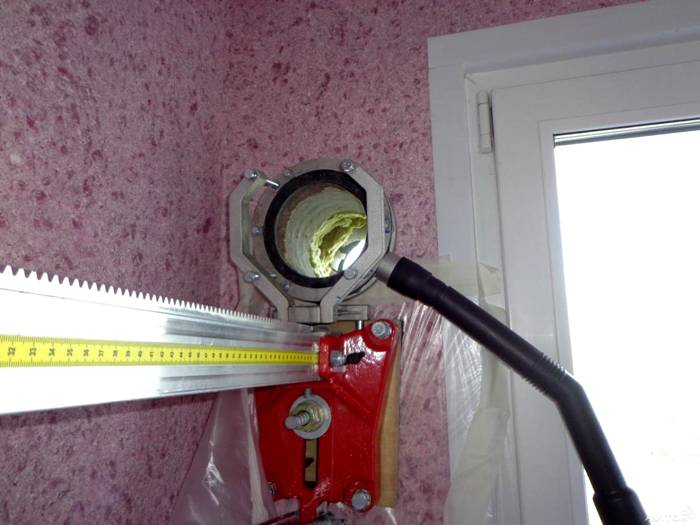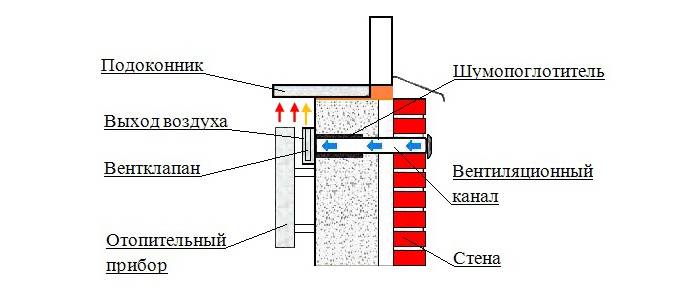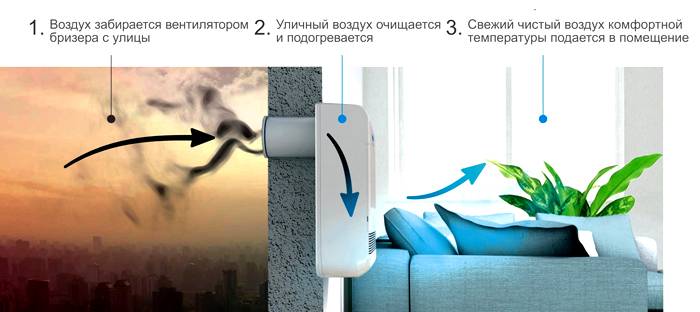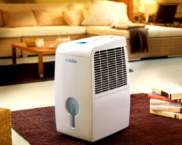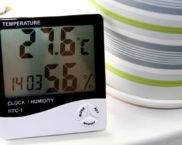Inlet valve into the wall: principle of operation, features of installation and operation
Modern technology makes our home more and more airtight. Reinforced plastic windows, laminated surfaces and stretch ceilings impede natural ventilation, which is why dampness and mold develop in houses. Households suddenly begin to suffer from allergies and frequent respiratory illnesses - this is also a side effect of completely sealing the house. Stagnant air is replete with allergens, pathogenic bacteria and microorganisms actively multiply in it. That is why it is important to install a supply valve in the wall, which will provide access to outside air into the room and at the same time prevent drafts.
The content of the article [Hide]
- 1 What is it for and how does a wall inlet valve work?
- 2 Advantages and disadvantages of a wall inlet valve
- 3 Types of ventilators
- 4 Air exchanger selection
- 5 Prices and popular models
- 6 Features of air duct installation
- 7 How to make an inlet valve into the wall with your own hands
- 8 A few tips
- 9 Outcome
- 10 Video: installing the supply valve into the wall
What is it for and how does a wall inlet valve work?
The main purpose of the supply unit is to provide fresh air access to the room. Under the condition of normal operation, the supply unit allows an average of up to thirty cubic meters of air per hour into the room, which corresponds to the physiological needs of one person.
The device consists of several elements:
Some devices are additionally equipped with a noise isolator and insulation. These additional elements prevent the supply ventilation valve in the wall from freezing in severe frosts and block street noises.
The hygro control system automatically opens the valve if the room exceeds the standard humidity readings.
The supply and exhaust valve can also be additionally equipped with:
Advantages and disadvantages of a wall inlet valve
Like any device, the ventilator has its own undoubted advantages and disadvantages, which must be mentioned. First, about the good:
Cons of using the device:
Types of ventilators
Supply devices differ in the following parameters:
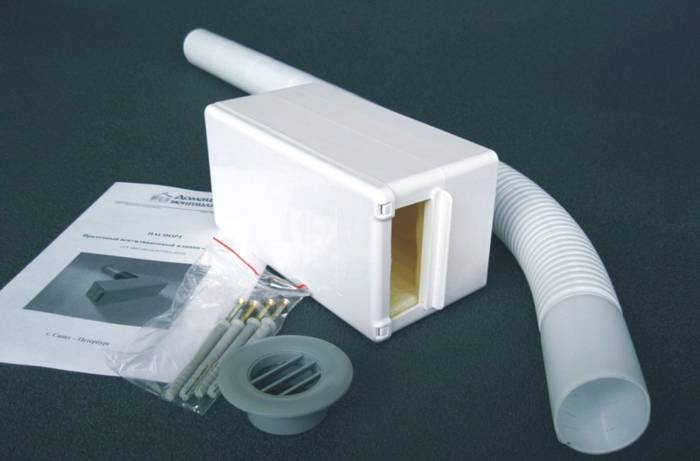
Some devices may differ in the material of manufacture. There are plastic, metal or polystyrene foam models
Air exchanger selection
Before buying a wall-mounted supply valve, you need to check it for compliance with some important criteria:
Prices and popular models
Ventilation devices with a minimum set of functions are relatively inexpensive. The simplest model can be purchased for five hundred to eight hundred rubles. But the most effective are models in the price range of two to four thousand rubles.
Table 1. Average cost of wall inlet valves
Features of air duct installation
Before installing the valve, you must decide on its location.The best place for this purpose is considered to be a place near a heating radiator on a load-bearing wall.
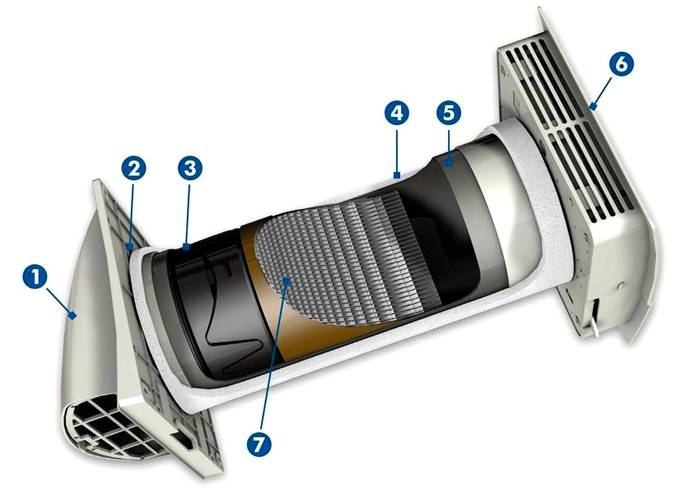
Supply unit device: 1 - outer casing; 2 - fan; 3 - filter; 4 - insulated casing; 5 - adjustable body; 6 - decorative panel with a switch; 7 - ceramic element
How to make an inlet valve into the wall with your own hands
To make a simple device you will need:
The plastic pipe will be an air duct, the piece should correspond to the thickness of the wall (a small margin can be provided). The optimal tube diameter is 10 - 12 centimeters.
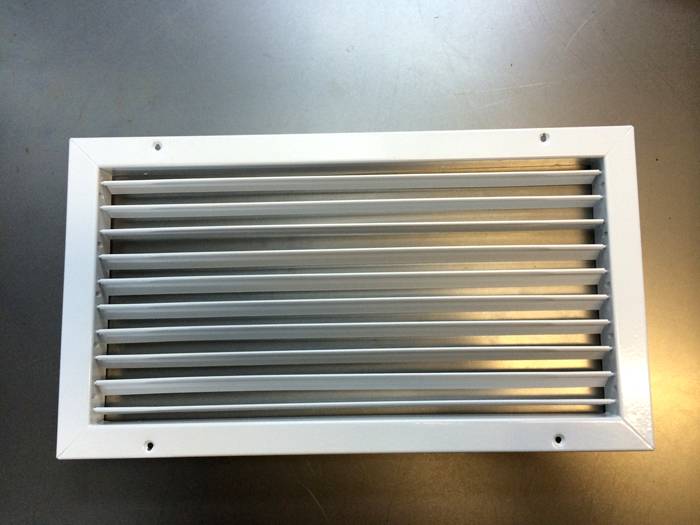
A grill with movable blinds can become an alternative to the ventilator. They can be manually closed and opened if necessary
Related article:
A few tips
Outcome
To create a healthy climate in your home, you need to install a supply valve in the wall. This simple device will provide filtered air to the room and prevent mold and mildew from forming on the walls and ceiling.
Making a supply valve with your own hands is not difficult using affordable and inexpensive materials. Installation of the ventilator is also not difficult and can be done by a novice technician.
Video: installing the supply valve into the wall




